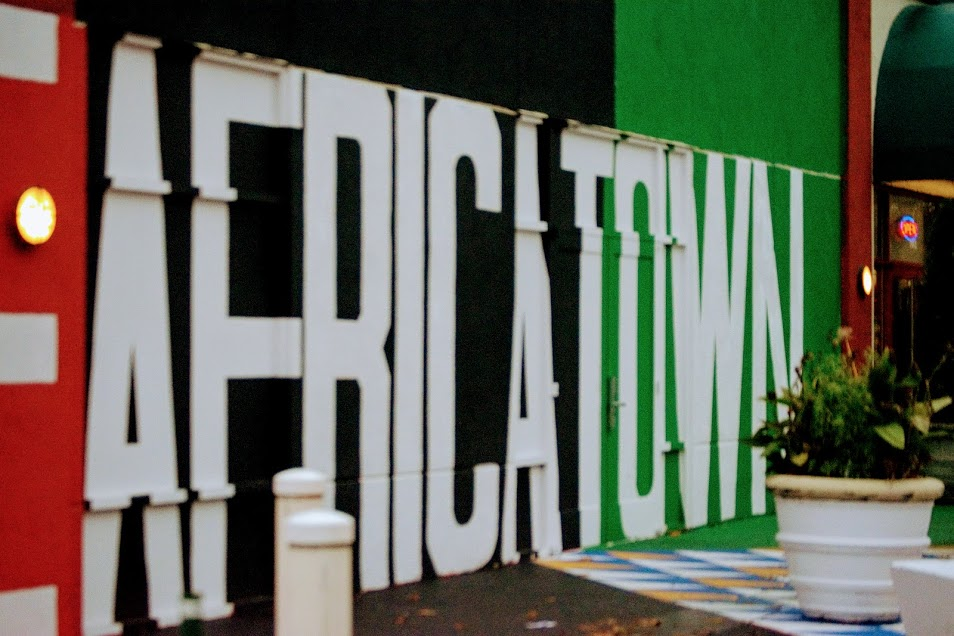We learn so much from our young people! Here’s a snippet of a project our Board President, Ayan, wrote about cultural hubs for POCs in Seattle:
As a person who was born and raised in Seattle, I didn’t know much about the history of where I was living, and even though it was my favorite subject in school, I never went beyond the textbooks in class until recently. I decided I wanted to educate myself on the history of Seattle. I was very fascinated with my findings so I decided to share it all with you lovely people. The main focus of my research was on cultural hubs for people of color in Seattle. As part of this research I took photos of places in these cultural hubs.
During the 1920s, segregation was first imposed on Asian Americans because they were the biggest group of nonwhites in Seattle at the time. The Chinese people were limited to Chinatown before it was destroyed in the 1960s to create I-5. Then, Japanese Immigrants built Nihonmachi (Japantown) next to the rebuilt Chinatown.
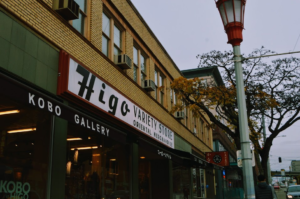
The Higo Higo store was an an integral part of Japantown in the early 1900s, because it brought a sense of Japan to Seattle for the Japanese Immigrants. I photographed the Higo Higo store because in the early 1900s it was an anchor to the Japanese community in Nihonmachi, and provided support throughout the community. However, due to World War II, Japanese immigrants were forced to flee and leave the community that they built.
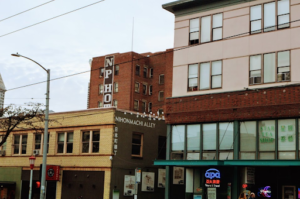 The Nihonmachi Alley was created in May of 2018 to preserve the history of Japantown. In the alley, there are murals of four landmark businesses that thrived in Japantown before and after the Executive Order 9066 was issued (Issued by Franklin D. Roosevelt that put Japanese immigrants in internment camps).
The Nihonmachi Alley was created in May of 2018 to preserve the history of Japantown. In the alley, there are murals of four landmark businesses that thrived in Japantown before and after the Executive Order 9066 was issued (Issued by Franklin D. Roosevelt that put Japanese immigrants in internment camps).
The other area I focused on was the Central District. The Central District was a hub for the black community because of the rules of segregation that limited where Blacks could live. These rules of segregation were put in place by deed restrictions, racial restrictive covenants, and by compounding systems of discrimination which were all organized by the real estate industry and white neighborhoods. This tight segregation remained the rule and Discrimination on the basis of race remained fully legal and was widely practiced by real estate agents, landlords, white property owners, and neighborhood associations during the 1960s.
After I did this research I went around the Central District and took photos of what I thought showed a piece of the past and history of Seattle.
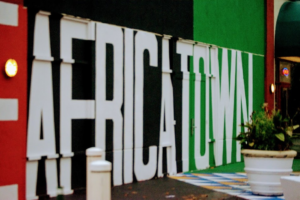
The first photo is in honor of the Black community that has called the Central District home for over 130 years. This mural was painted by 130 volunteers to mark our place in the future of the Central District and Seattle. The second photo is a MLK Mural that was originally painted in the mid 1990s by Artist James Crespinel and when the restaurant was bought the owners paid the artist to repaint the mural.
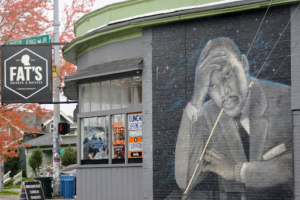
After doing this research and taking these photos, I felt like there was a pattern in our history. People of color were sectioned off to certain parts of the city that the rich didn’t care for. This goes to show how the people in charge of Seattle intentionally oppressed people of color. However, when these marginalized people were forced to stay in certain parts of town, they thrived and built culture rich communities. But now in the present day, these culture rich communities are fading due to the lack of knowledge about these important places.

